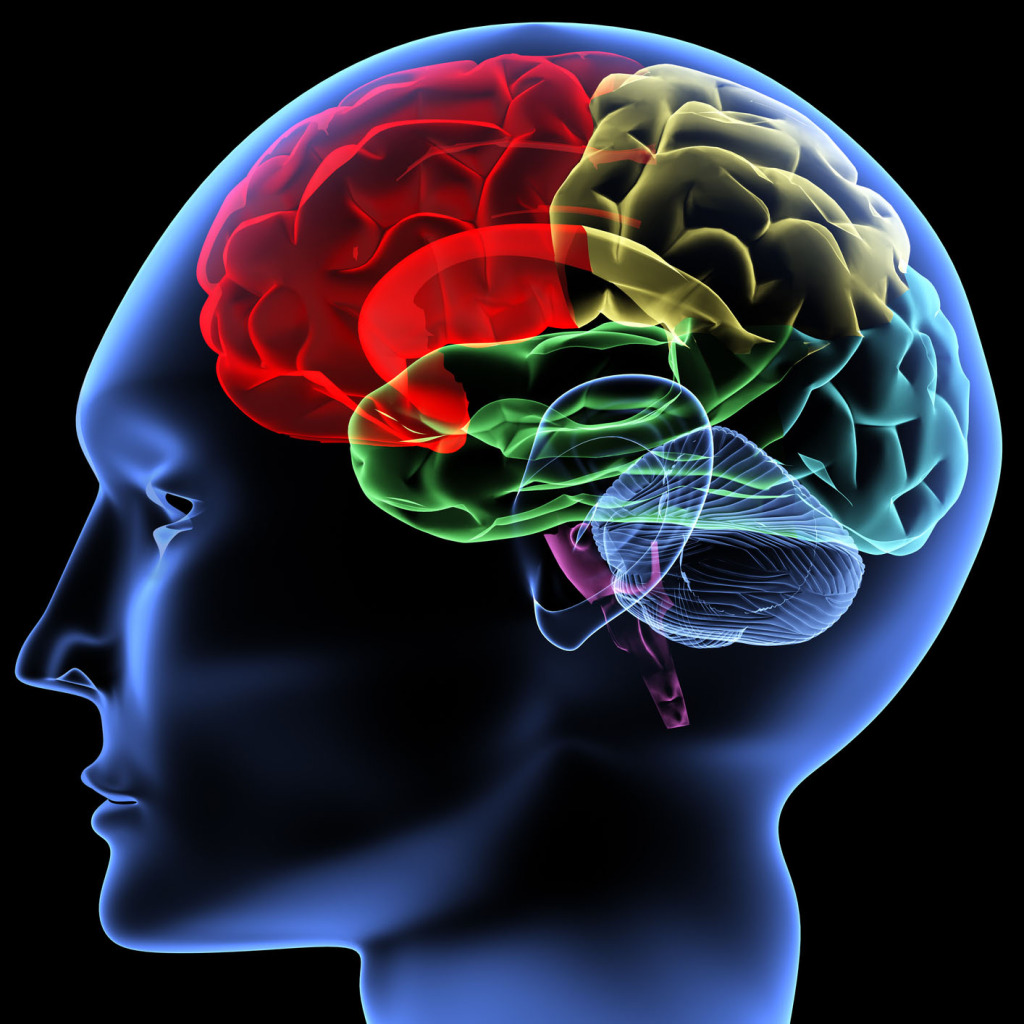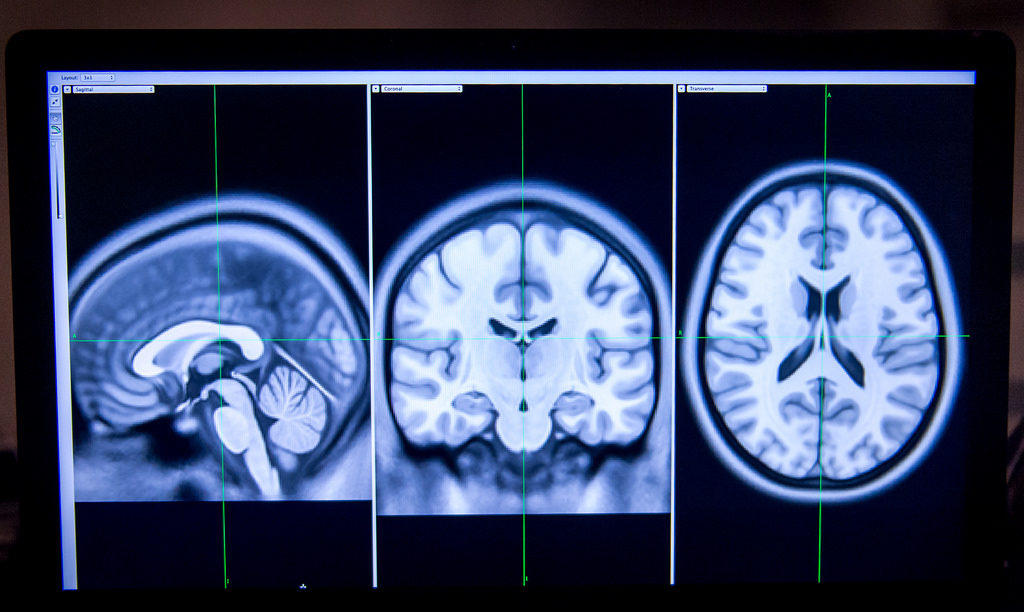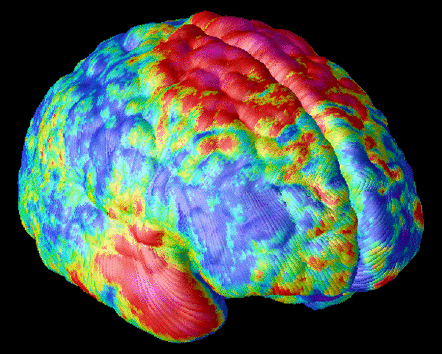According to a paper recently published in Investigative Ophthalmology & Visual Science (IOVS), testing of a new eye technology in humans to check in the back of the eye, the progression of the Alzheimer’s before the onset of symptoms is scheduled to hold in July.
The paper, titled “Early detection of amyloidopathy in Alzheimer’s mice by hyperspectral endoscopy” as gotten from the Association for Research in Vision and Opthalmology, was developed from previous study on the retina of mice predisposed to develop Alzheimer’s.
While talking about the two critical need for early detection of Alzheimer’s, Robert Vince, PhD, of the Center for Drug Design at the University of Minnesota (UMN), who is also one of the authors, said:
“First, effective treatments need to be administered well before patients show actual neurological signs.”
“Second, since there are no available early detection techniques, drugs currently cannot be tested to determine if they are effective against early Alzheimer’s disease, Vince added. An early diagnostic tool like ours could help the development of drugs as well.”
Author Swati More, PhD, also of the Center for Drug Design at UMN enumerates looking through the eye to see the brain as one of the key advantages of the new technology.
[hr gap=”2″]
What it feels like to have Narcolepsy
[hr gap=”2″]
“We saw changes in the retinas of Alzheimer’s mice before the typical age at which neurological signs are observed,” said More. “The results are close to our best-case scenario for outcomes of this project.”



